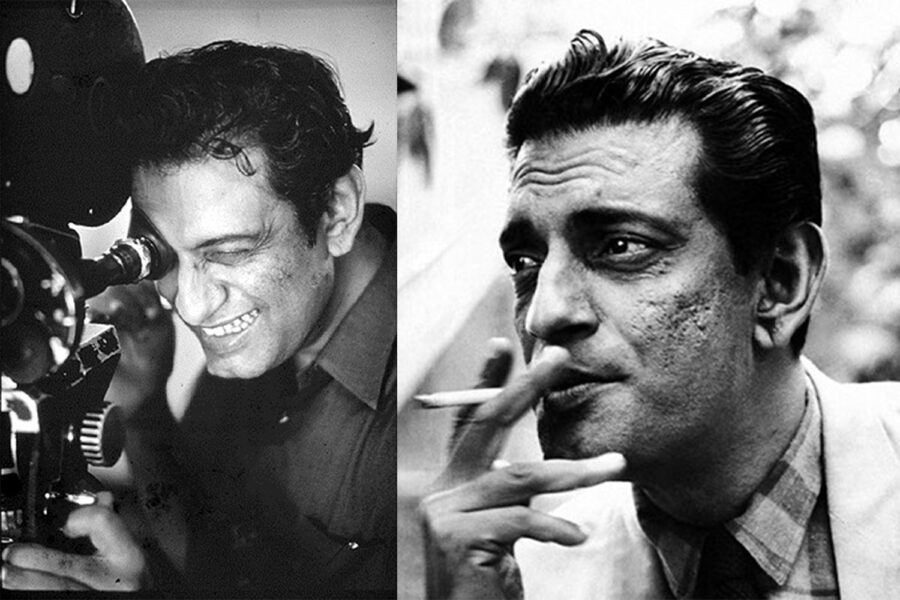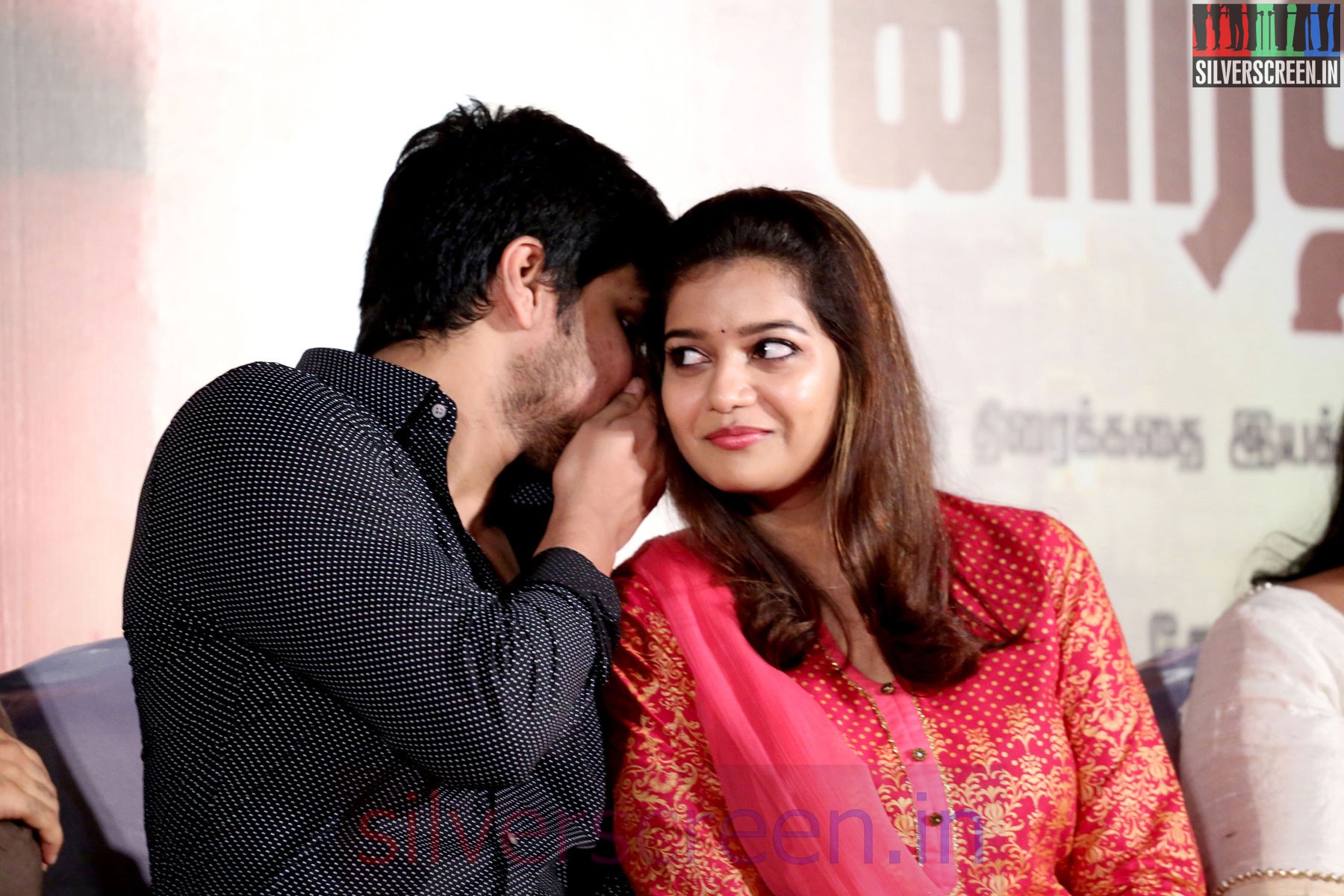The fate of Indian cinema changed completely when auteur Satyajit Ray’s first film, Pather Panchali, arrived in 1955. The young graphic designer-turned-director would go on to become an inspiration to aspiring filmmakers all over the world. Ray was not just a filmmaker; he was an author, an illustrator, a music composer, and above all, a magician. His films were direct, authoritative, and unpretentious. Be it the iconic train scene in Pather Panchali or the storm scene in Charulata, Ray’s imagery subtly, yet powerfully depicted inner struggles and the ruthless realities of life.
Over the years, notable filmmakers such as Martin Scorsese, Wes Anderson, Abbas Kiarostami, Francis Ford Coppola, and Christopher Nolan, among others, have taken inspiration from Ray’s cinematic genius. In fact, Akira Kurosawa once said, “Not to have seen the cinema of Ray means existing in the world without seeing the sun or the moon.”
On Ray’s death anniversary today, Silversreen India takes you on a photo journey of his life and work.
Born in Calcutta on May 2, 1921, Ray always wanted to have a career in art. But it was Bicycle Thieves by Vittorio De Sica that made him decide to be a filmmaker.
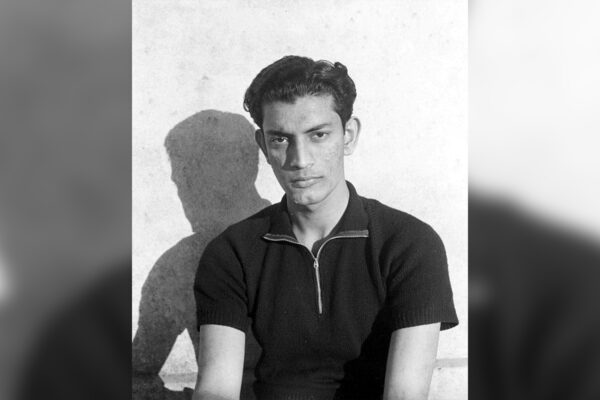
After struggling financially for over three years, Ray made his feature film debut with Pather Panchali in 1955. It went on to receive great critical and commercial success, not just in India but also globally.
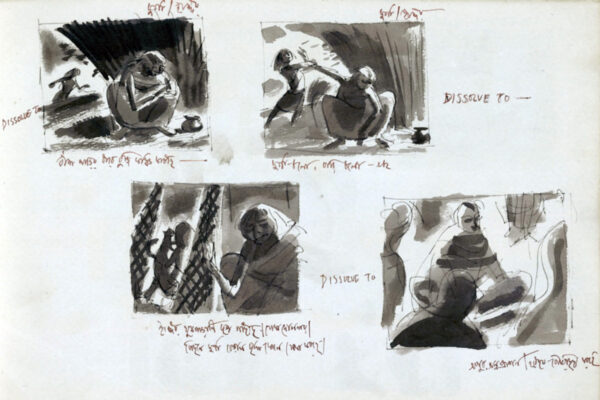
Based on Bibhutibhuson’s novel, Pather Panchali, followed by Aporajito (1956) and Apur Sansar (1959), is the greatest trilogy in the history of Bengali cinema. The films earned Ray a significant position in the world of cinema.
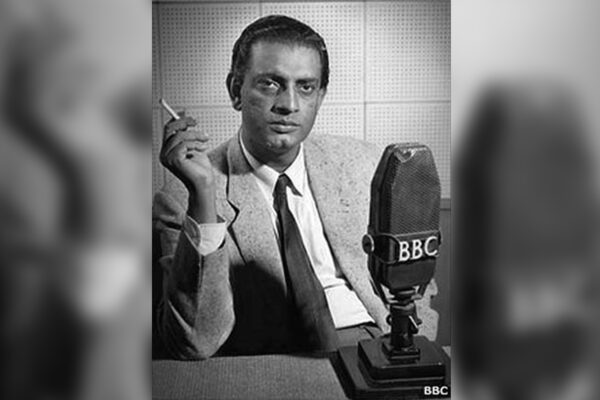
Although Ray only worked in the Bengali film industry, he was much sought after in Bollywood and other film industries too. Ingmar Bergman and Satyajit Ray met each other for the first time in 1964, when the latter was asked to present Bergman with the Selznick Golden Laurel Award for his film Winter Light, a part of his Faith trilogy.
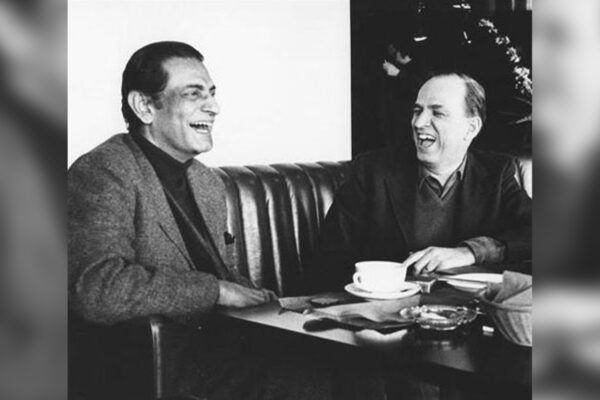
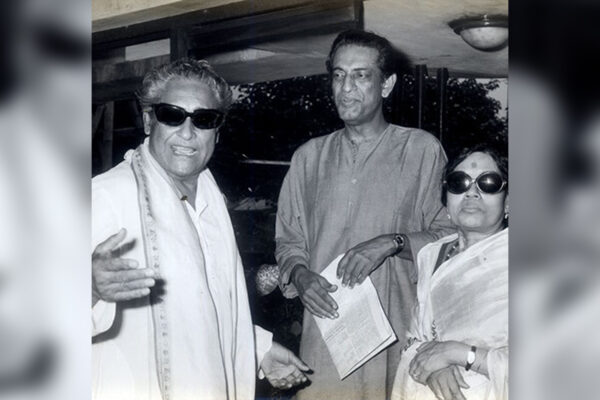
Ray’s first meeting with Akira Kurosawa happened at a Chinese restaurant in Tokyo. The two went on to have several meetings and a great companionship, which Ray spoke about in his book Our Films, Their Films.
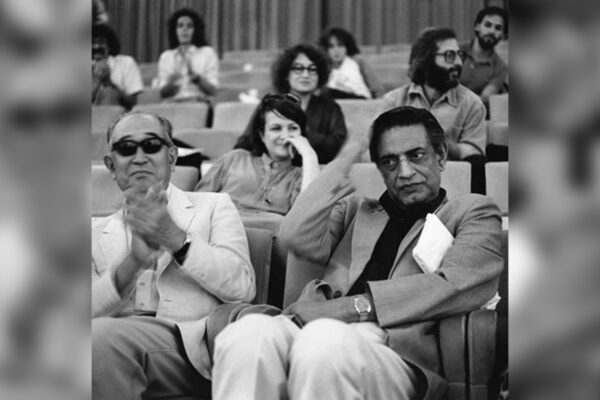
Among the many Hollywood actors who were enthralled by Ray’s work, one of the foremost was Marlon Brando. The actor even personally visited the director during his Kolkata tour in 1963.
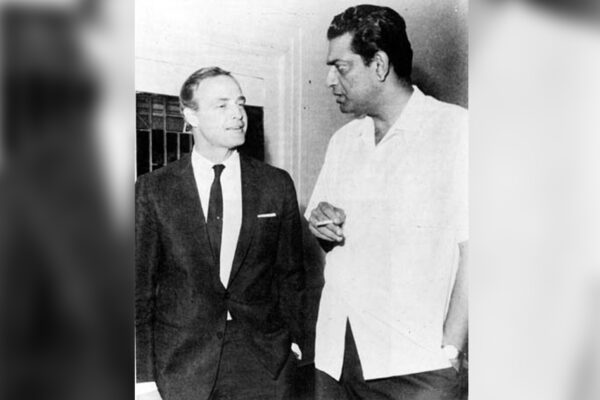
Iconic Bengali actor Suchitra Sen had refused Ray’s offer to work with him on Devi Chaudhurani. She had rejected the role due to a scheduling conflict and Ray eventually scrapped the film altogether.
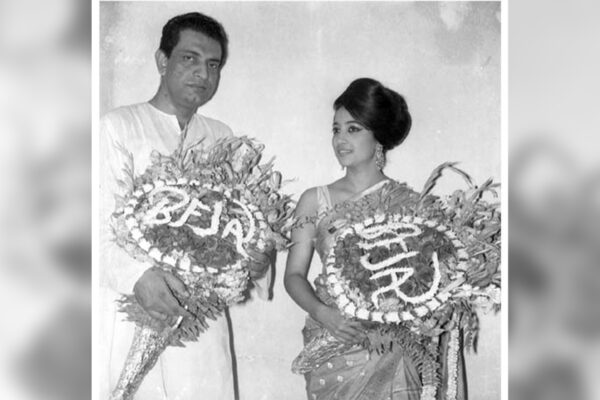
Ray won six National Awards in all, for his films Chiriyakhana (1967), Goopy Gyne Bagha Byne (1968), Pratidwandi (1969), Sonar Kella (1974), Jana Aranya (1975), and Agantuk (1991).
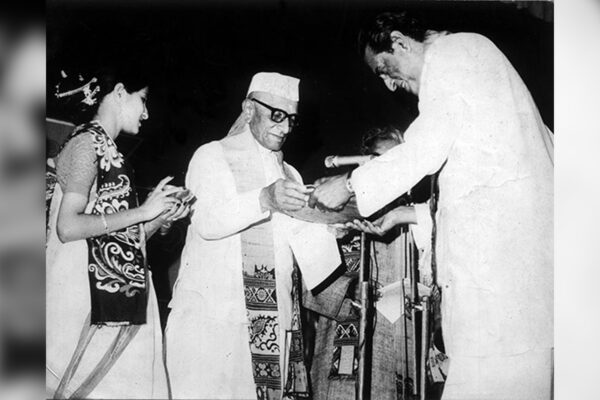
On April 23, 1992, Ray died after battling heart problems. He received an honorary Oscar just 24 days before his death.
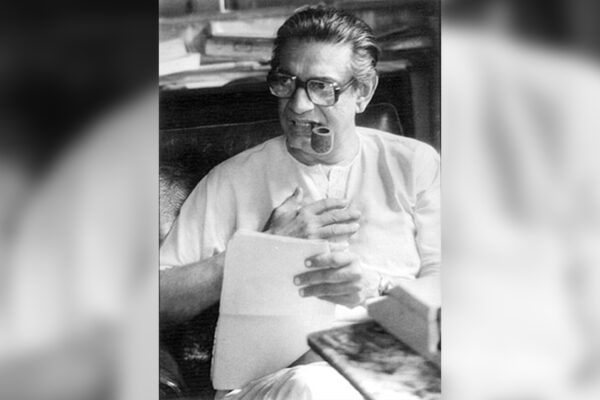
In the master’s own words – Maharaja Tomare Selam.
